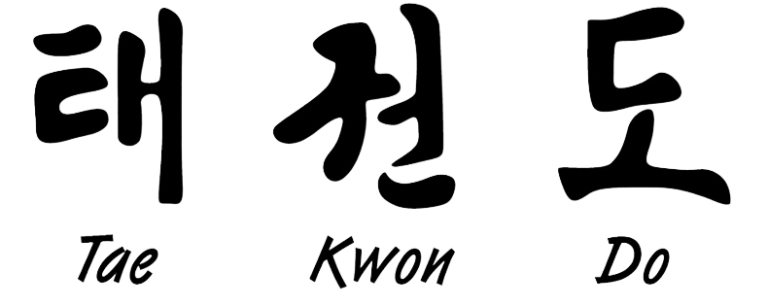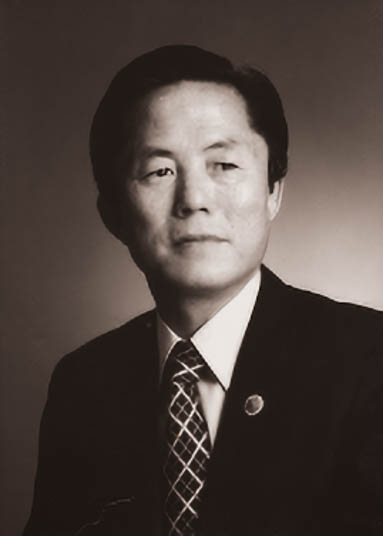

The founder of Taekwondo
General Choi Hong Hi
The founder of Taekwondo is General Choi Hong Hi, who was born on November 9, 1918, in what is now North Korea. He began studying martial arts at a young age and eventually became a master of several different styles. In 1955, General Choi Hong Hi developed Taekwondo as a way to unify the various Korean martial arts styles and promote them on a global scale.
General Choi Hong Hi was a highly respected military leader and diplomat, serving as a general in the South Korean army and as an ambassador to several countries. He was also a prolific writer and authored several books on Taekwondo and martial arts philosophy. General Choi Hong Hi was instrumental in the development and spread of Taekwondo, and his legacy continues to influence the practice of the martial art today.
Tae Kwon Do - 태권도
Taekwondo is a Korean martial art that has gained worldwide popularity due to its dynamic and powerful techniques. The word “Taekwondo” is made up of three Korean words: “Tae” means foot, “Kwon” means fist, and “Do” means way or discipline. Therefore, Taekwondo can be translated as “the way of the foot and fist.”
Taekwondo is not just a physical activity; it is a way of life that emphasizes discipline, respect, and self-control. It is a martial art that teaches individuals to defend themselves while promoting mental and physical well-being. Taekwondo practitioners learn to control their bodies and minds, develop self-confidence, and respect for others.

5 Tenets of TaeKwonDo
Taekwondo is not just a physical activity; it is a way of life that emphasizes discipline, respect, and self-control. It is a martial art that teaches individuals to defend themselves while promoting mental and physical well-being. Taekwondo practitioners learn to control their bodies and minds, develop self-confidence, and respect for others.
The philosophy of Taekwondo is based on five tenets: courtesy, integrity, perseverance, self-control, and indomitable spirit. These tenets are the foundation of Taekwondo and guide practitioners to become better individuals. Courtesy teaches individuals to be respectful and polite to others. Integrity teaches individuals to be honest and truthful. Perseverance teaches individuals to never give up and keep trying. Self-control teaches individuals to control their emotions and actions. Indomitable spirit teaches individuals to have a strong will and determination to overcome challenges.

In summary, Taekwondo stands for the way of the foot and fist, emphasizing discipline, respect, and self-control. It is a martial art that teaches individuals to defend themselves while promoting mental and physical well-being. The philosophy of Taekwondo is based on five tenets: courtesy, integrity, perseverance, self-control, and indomitable spirit, which guide practitioners to become better individuals.

TaeKwonDo Terminology
- One (1) – Hana (“Ha-na”)
- Two (2) – Dul (“Dhool”)
- Three (3) – Set (“Set”)
- Four (4) – Net (“Net”)
- Five (5) – Dasot (“Da-sut”)
- Six (6) – Yasot (“Yo-sut”)
- Seven (7) – Ilgup (“Eel-gope”)
- Eight (8) – Yodol (“Yo-dull”)
- Nine (9) – Ahop (“Ah-hope”)
- Ten (10) – Yeol (“Yull”)
- For 11 through 19, add the Korean word for 10 in front of the last number. For example, eleven is Yeol Hana (“Yull Ha-na”) – the Korean words for 10 and 1.
- Eleven (11) – Yeol Hana (“Yull Ha-na”)
- Twelve (12) – Yeol Dul (“Yull Dhool”)
- Thirteen (13) – Yeol Set (“Yull Set”)
- Fourteen (14) – Yeol Net (“Yull Net”)
- Fifteen (15) – Yeol Dasot (“Yull Da-sut”)
- Sixteen (16) – Yeol Yasot (“Yull Yo-Sut”)
- Seventeen (17)– Yeol Ilgup (“Yull Eel-gope”)
- Eighteen (18)– Yeol Yodol (“Yull Yo-dull”)
- Nineteen (19) – Yeol Ahop (“Yull Ah-hope”)
- Twenty (20) – Seu-Mool (“Sew-mool”)
No one will expect you to walk in speaking the correct taekwondo words. However, after a few weeks of attending classes, there are a few words that should be becoming familiar to you.
- Practice space – do jang
- Uniform – dobok
- Student – hak saeng (or jeja)
- Senior Student – sonbaenim
- Master Instructor – kwan jang nim
- Instructor – sabomnim
- Ready – joon be
- Attention – chah ryut
- Forms – poomsae
- Sparring – kyunggo
- Black belt – dan
- Self-defense – hosinsool
- Korean flag – tae guk gi
- American flag – mi gook gee
- Yell – kihap
The word for kick in Korean sounds like chagi (chah-gee). Thus, you’ll see this appear in all the kick names.
- Kick – chagi
- Front – ap chagi
- Side kick – yeop chagi
- Roundhouse kick – dollyo chagi
- Back kick – dwi chagi
- Crescent kick – bandal chagi
- Axe kick – naeryeo chagi
- Scissor kick – kawi chagi
- Push kick – meereo chagi
- Knee strike – moreup chigi (yes, that supposed to be chigi because it’s technically not a kick)
The kicks are a big deal in Taekwondo, but don’t underestimate blocks as well. It’s important to be able to protect yourself from incoming attacks. Check out this useful TKD terminology for various types of blocks.
- Low block – ahre maggi
- Middle block – momtong maggi
- Rising block – wee maggi
- Knife-hand block – son nal maggi
- Double knife-hand block – du son nal kuh dul a maggi
- X block – yeot pero maggi
- Outside block – backat maggi
- Palm block – ba tang son maggi
- Double hand block – du son kuh dul a maggi
Without proper stances and footwork, you’ll end up on the ground quickly. This is why the words for different stances are included in the basic taekwondo terminology you must learn at the beginning.
- Front stance – ahp gubi sohgi
- Back stance – dwi gibi sohgi
- Walking stance – ahp sohgi
- Fighting stance – mot sohgi
- Sparring stance – kyeo ry gee chum be
- Horse stance – juchoom sohgi
- Tiger stance – pyong hi soghi
